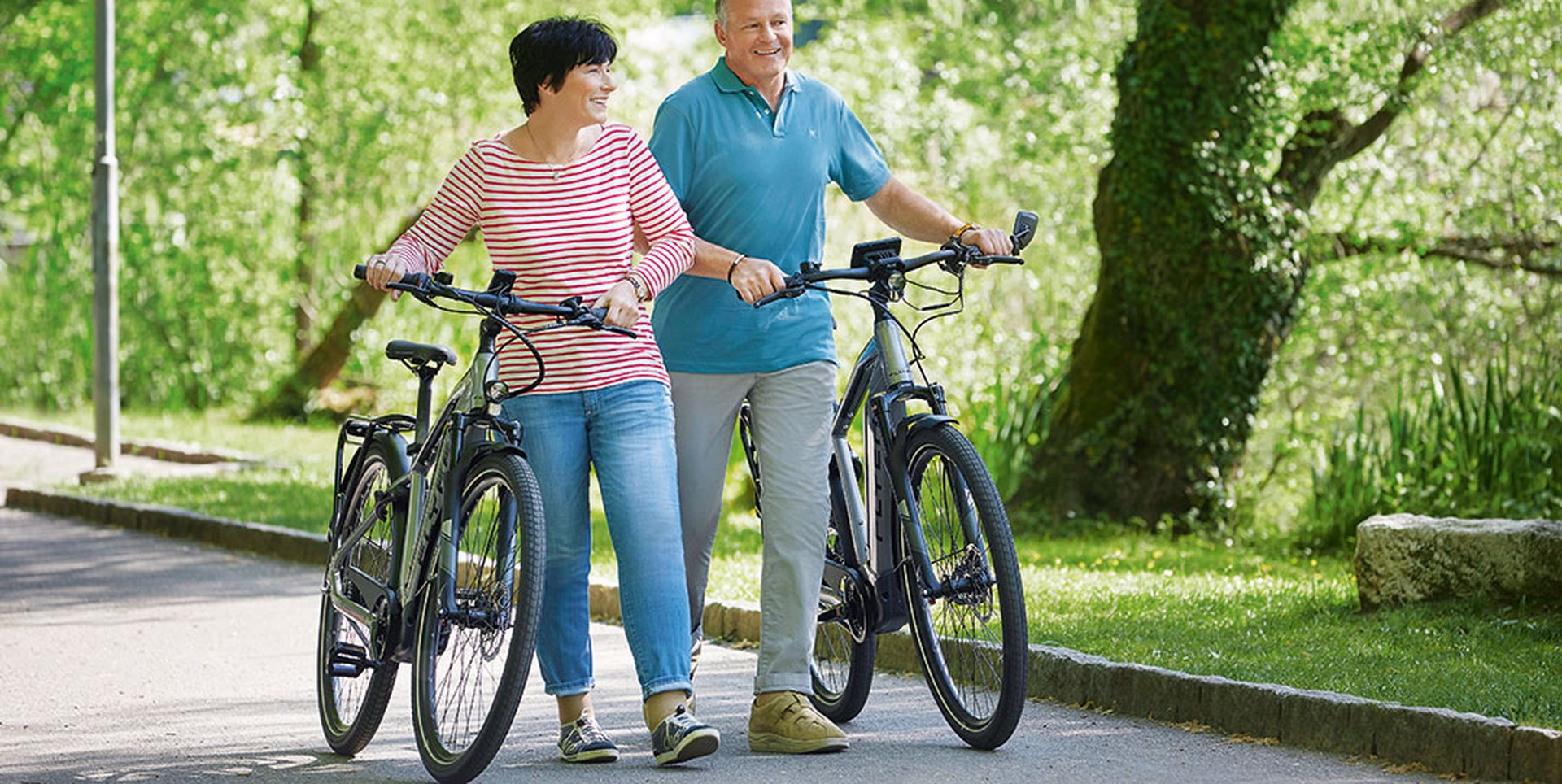Navigating Lymphedema Care Amidst the COVID-19 Pandemic: Guidelines and Self-Management Tips
This MOH Focus gives advice on lymphedema support during the Covid-19 crisis. Precautions and special advice for compression garments with a hand piece are discussed in this brief overview. Furthermore, you can find exercises for self-management of edema. This paper is available to download in English, French, German and Italian.

Background
The following information is adapted from the Lymphedema Support Network (1).
- Lymphedema alone does not make one more susceptible to the coronavirus. Exception: lymphedema patients with extensive lymphatic abnormalities involving chest/lungs and with a generalized immune deficiency.
- The main symptoms of COVID-19 (coronavirus disease 2019) include: fever, cough, aches and pains, shortness of breath and sensory disturbances (taste, smell).
- The virus causing COVID-19 is called SARS-CoV-2 (severe acute respiratory syndrome coronavirus 2).
- Viral entry: The virus gets into your body through your nose, mouth or eyes when someone coughs or sneezes on you, or when you have it on your hands and then touch your own face.
Precautions
Those with lymphedema should take the same precautions as others, although this may be more of a challenge if you wear a compression glove as part of your treatment. These precautions are based on recommendations from the Lymphedema Support Network (1):
- Wash your hands frequently during the day. Use hand sanitizer or gel if hand washing facilities are not available. If you use shared equipment such as keyboards, telephones etc. wipe them with antibacterial wipes between users.
- Get into the habit of not touching your face, mouth and eyes. Practice social distancing guidance & avoid shaking hands.
- If you cough or sneeze, cover your mouth & nose with a tissue or your sleeve at your elbow; dispose of the used tissue & wash your hands. For those with arm-lymphedema: sneeze into the elbow crook of the unaffected arm.
- Keep your hands well moisturized as frequent washing can make the skin dry and cracked which may lead to bacterial skin infections.
Special advice for compression glove or sleeve with a hand piece
The following advice has been adapted from the Lymphedema Support Network (1):
- If possible, wash your garments every day by following the manufacturer’s instructions. If this is unfeasible, do not worry. Contact your health care provider to ask whether you can receive a spare set of garments.
- You may choose to wear a disposable plastic glove over your compression glove or hand piece while you are out and about, or if you are in a job that requires you to wash your hands frequently. However, please be aware that gloves can give a false sense of security and that you can easily contaminate yourself if they are not used properly.
- Carry a spare compression garment with you in a sealed plastic bag to use if you are worried your compression glove may have been contaminated (to save space, roll up your garment tightly). Put the dirty garment in the plastic bag and seal it up until it can be washed. Throw the plastic bag away.
- For further instructions, see the recommendations from the from the
Lymphedema Support Network (1).
Self manual lymphatic drainage
Check out the following videos:
One leg
Two legs
Arms
--
Check out the Self-management exercises to promote blood & lymphatic circulation in the following PDF.
